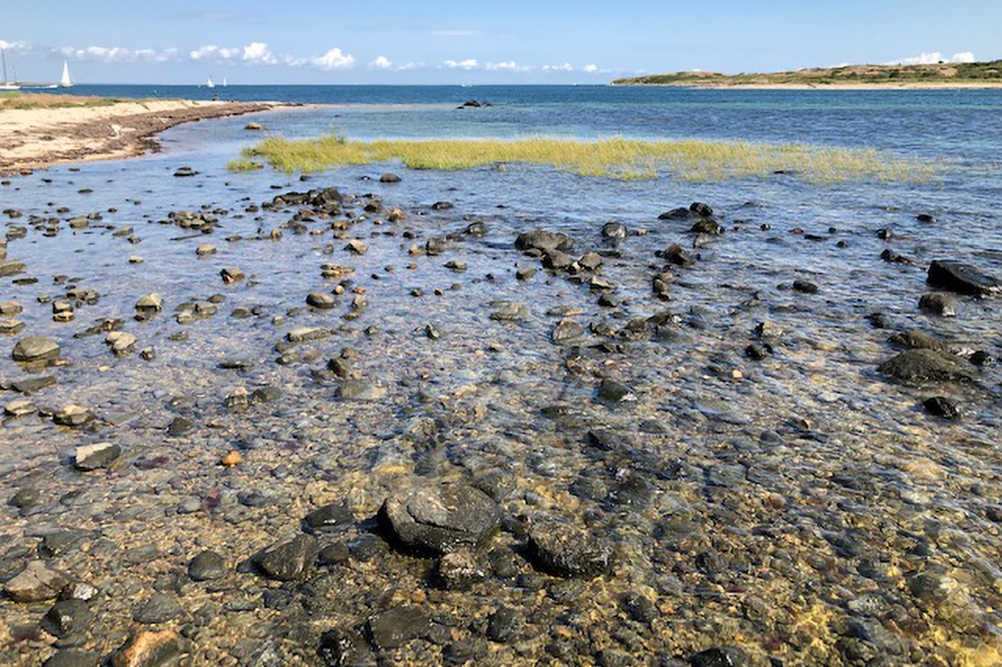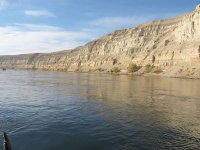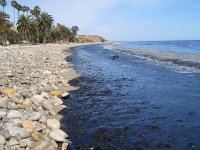Bouchard B-120 Trustees Approve Acquisition and Protection of Hundreds of Acres on Cuttyhunk Island Massachusetts
October 26, 2020
NOAA and the natural resource Trustees for the Bouchard Barge 120 oil spill in Buzzards Bay, Massachusetts, approved a new project for shoreline and aquatic habitat protection and restoration on Cuttyhunk Island.
The project is included in an amendment to the Trustees' 2014 Programmatic Restoration plan, which also evaluates potential environmental impacts:
Most of the restoration projects from the 2014 programmatic restoration plan (PDF, 451 pages) are complete. Remaining funds from the 2011 settlement will be used to contribute towards the purchase and permanent protection of 300 acres of Cuttyhunk Island in Buzzards Bay. Nearly $400,000 will be put toward a $7 million land protection project, to be implemented in partnership with the Buzzards Bay Coalition which is leading this land protection. The Trustees approved another $774,000 in funds for the land protection through a June 2020 restoration plan for birds injured by the oil spill.
The 2003 Bouchard Barge‐120 oil spill released approximately 98,000 gallons of oil, affecting more than 98 miles of Buzzards Bay shoreline and nearby coastal waters in both Massachusetts and Rhode Island. The Trustee Council negotiated a $6 million settlement in November 2011 for natural resource damages including shoreline and aquatic resources, piping plover, and lost natural resource uses. The 2018 settlement for common loon, terns and other birds resulted in another $18 million for bird restoration.
The other trustees include the United States Fish and Wildlife Service, Massachusetts Executive Office of Energy and Environmental Affairs, represented by the Massachusetts Department of Environmental Protection, and Rhode Island Department of Environmental Management. A Draft Amendment to the PRP/EA was released for public review and comment in June 2020.
For more information please contact james.g.turek@noaa.gov.






